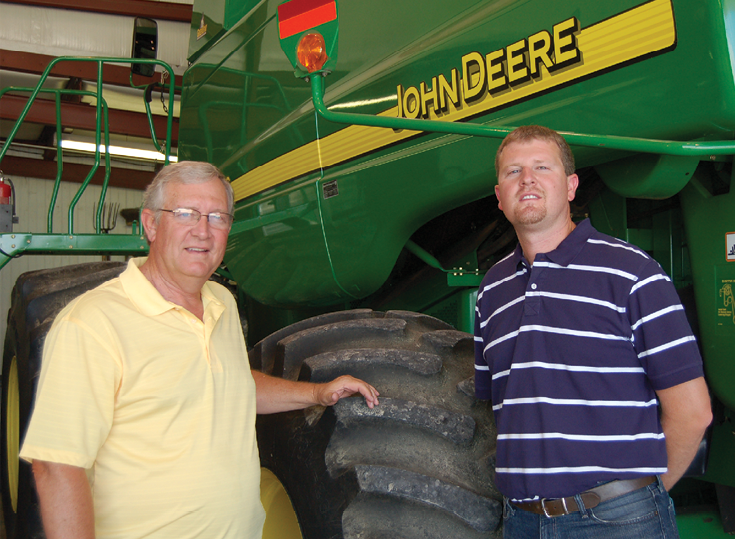No-Till Farmer
Get full access NOW to the most comprehensive, powerful and easy-to-use online resource for no-tillage practices. Just one good idea will pay for your subscription hundreds of times over.

They understand no-till is a complete system, and by adding precision technology and cover crops to an already successful planting and fertility program, they’re hoping to improve their farm operation even more and rake in higher yields.
After mastering the art of no-till drilling soybeans into corn stubble, Steve made the leap to 100% no-till when he transitioned corn into the practice in 1995.
At the time, with a job off the farm in seed sales, Steve saw that no-till helped him eliminate extra trips across the field with tillage equipment, saving him time and labor. He also witnessed improvements in soil health, planting conditions and crops, which helped convince him to make a full commitment to no-till.
In the nearly 2 decades the Longfellows have been 100% no-till, they’ve seen tangible changes to their soil health that also made a difference in their bottom line.
Soil organic matter has increased by 1%, and Doug notes they’re getting better stands on hillsides due to improved moisture conservation.
Over the last 5 to 7 years, corn yields have increased by about 10%, and soybeans yields are up by about 8%, under normal growing conditions. Depending on the weather, the Longfellows have seen corn yields range from 50 bushels to 210 bushels per acre, and soybeans yield between 20 and 60 bushels, just in the last 5 years.
Doug says the yield increases are an achievement from the entire system, not just a single component. Steve notes no-till has definitely…